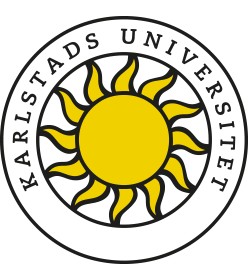Introduction to Swedish welfare, family and medical law
15.0 ECTS creditsThe course treats the organisation of the Swedish legal system and the working methods of jurisprudence, especially in relation to welfare law. In order for students to understand Swedish welfare law properly, the course provides a necessary introduction to relevant EU law and the European Convention.
The course covers selected legal areas: welfare law, family law, and medicine law. In relation to welfare law, students discuss the responsibility of municipalities and social services for vulnerable persons, the right to assistance, and so on. The basics of the Swedish social insurance system are included, with a special focus on the right to compensation due to illness. The course also treats the specific character of compulsory treatment legislation. In relation to family law, the course covers for instance the legal aspects of marriage, property settlements, and inheritance. In relation to medicine law, the Swedish healthcare system is discussed from a legal perspective, including the right to good care and the issue of responsibility when care providers fail.
Instruction is in the form of lectures and exercises.
The course covers selected legal areas: welfare law, family law, and medicine law. In relation to welfare law, students discuss the responsibility of municipalities and social services for vulnerable persons, the right to assistance, and so on. The basics of the Swedish social insurance system are included, with a special focus on the right to compensation due to illness. The course also treats the specific character of compulsory treatment legislation. In relation to family law, the course covers for instance the legal aspects of marriage, property settlements, and inheritance. In relation to medicine law, the Swedish healthcare system is discussed from a legal perspective, including the right to good care and the issue of responsibility when care providers fail.
Instruction is in the form of lectures and exercises.
Progressive specialisation:
G1N (has only upper‐secondary level entry requirements)
Education level:
Undergraduate level
Admission requirements:
General admission requirements plus upper secondary level English 6 or B, or equivalent
Selection:
Selection is usually based on your grade point average from upper secondary school or the number of credit points from previous university studies, or both.
Course code:
RVGE02
The course is not included in the course offerings for the next period.
